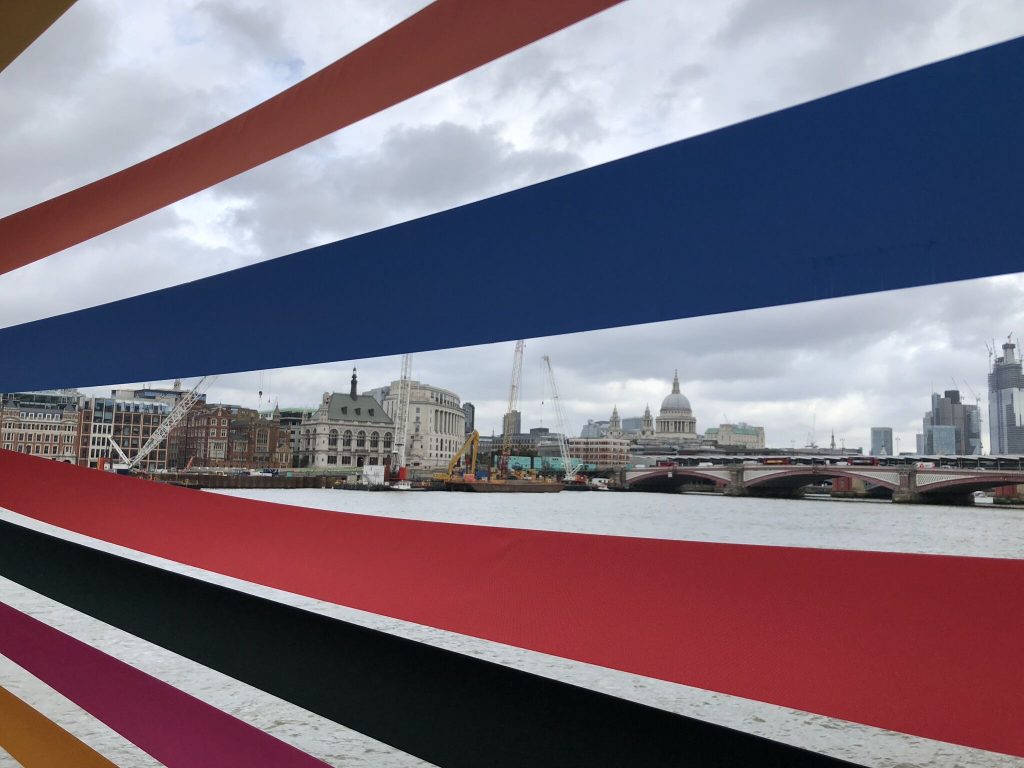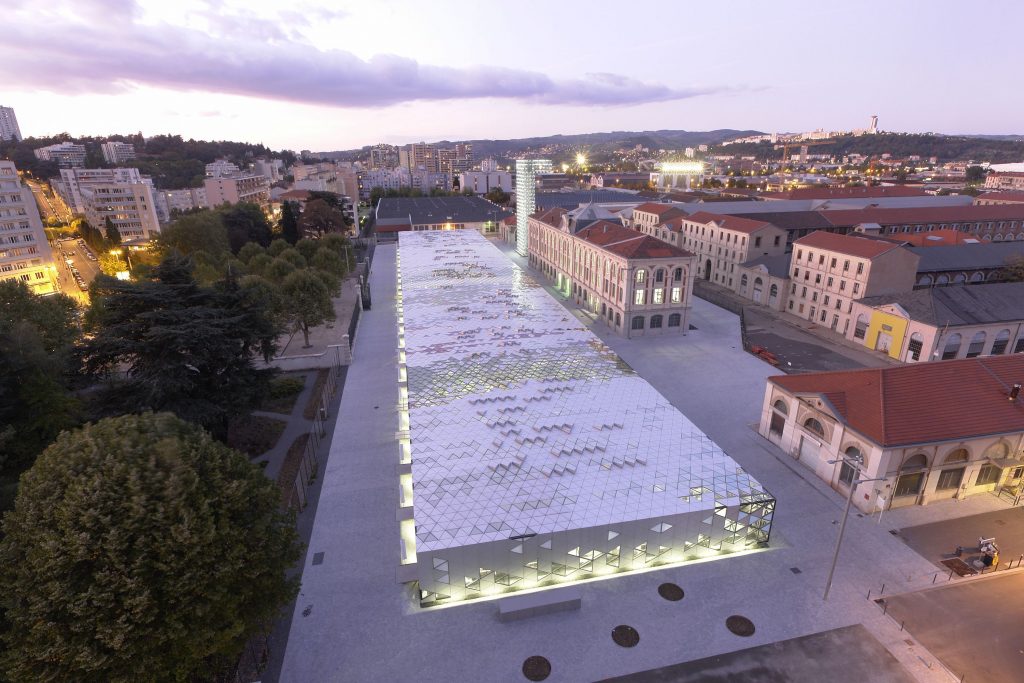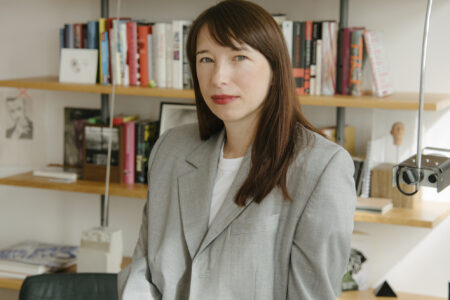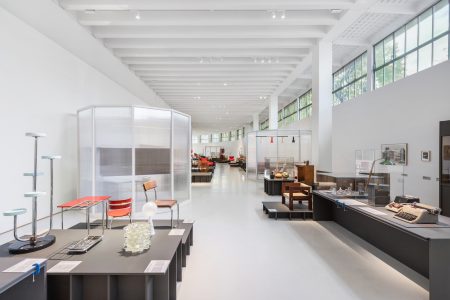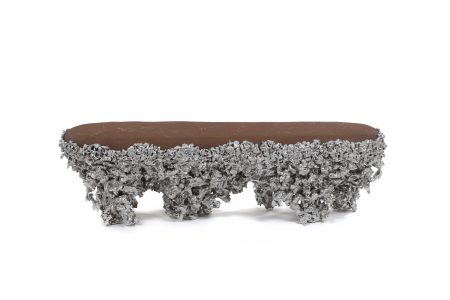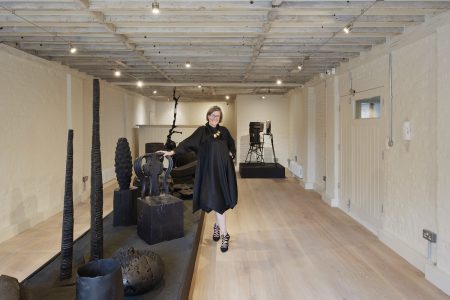Lisa White: Design Biennale Saint-Étienne
TLmag caught up with Lisa White, the curator of International Design Biennale Saint-Étienne 2019. The festival -Me, Nous, You- explores inclusive design.
From March 21 to April 22 the city of Saint-Étienne is transformed into a sea of color, as the annual International Design Biennale Saint-Étienne takes place. The festival –Me You Nous, Designing Common Ground– offers an interesting and full program.
The festival presents exhibitions supported by designers, artists, and researches around a theme related to major economic, societal or environmental issues. Alongside these exhibitions, there is a variety of events throughout the city inviting the public to take part. But there is also the opportunity to join conferences, debates or symposia. Concluding, the city is transformed into a laboratory of thoughts, confronting different points of view.
This edition, curated by American trend forecaster Lisa White, explores an inclusive future that is about ”designing systems, not stuff”. TLmag caught up with her, to discuss the theme of the festival and curatorial decisions she took.
TLmag: The theme of the 11th edition of Biennale Internationale Design Saint-Étienne 2019 – Me, Nous, You Designing Common Ground- is about inclusion. What was the underlying reason for choosing this theme and how did you integrate it in?
Lisa White: Inclusion is one of the most important factors that will shape design, and our world, in the future. For much too long, not enough voices have been heard, and design has been the domain of a very small part of the population. We need more women, minorities, differently abled people and people from other backgrounds to be able to have a say in designing the objects and systems of our future. Design touches almost everything we do, and if something is designed by a more inclusive group, to include a greater part of the population, that is not only good design, but also good business.
The principle of inclusion was integrated in as many ways as possible, starting with the choice of co-curators and scenographers. Many of us are immigrants or have emigrated to somewhere else, so we know what it’s like to feel we don’t belong. I wanted more visitors to the Biennale to feel like they do belong to the world of design, that they are not just observers, but actors, and can vote with their euros and their actions. Design is not about a fancy sofa or a complicated lamp. We will be premiering a feature film by anthropologist Paula Zuccotti, author of the book Everything They Touch, who travelled the world to document everything people touch in a day, from a toothbrush to a beer glass. It shows just how different, but mostly how similar we all are as humans.
Part of the sets of the Systems, not Stuff show will be woven in collaboration with members of local associations, using ribbon donated from St. Étienne manufacturers. It will be quite bright and positive and a real group effort—we start next week!
The designers I invited come from many different backgrounds, and from different continents, and there are as many women designers invited as there are men. But my research showed that we need to include more people from different backgrounds in design schools—that will be a longer term project.
Invited curator John Maeda began a digital inclusion program in conjunction with the Design Tech Academy in St. Étienne to help train the unemployed to code and become part of the digital economy. This program is allowing more of the 95% of digital users to join the ranks of the 5% of digital designers.
The key objective of Me You Nous, Designing Common Ground is to uncover objects, expressions, systems and points of view that are changing our world. Can you give us an important curatorial decision you took to make this possible?
It was so difficult to choose, and to narrow things down in our very complex world, but I decided to focus on areas of design that are impacting all of us. Think of notably biodesign, artificial intelligence and machines of the future, plastic, material design, and of course inclusive design. So the public will see very different things, from Gavin Munro’s chair that took seven years to grow, to Natsai Audrey Chieza’s fabric dyes made from bacteria, to Benedict Quartey’s RollE autonomous car developed in Ghana, to Sebastiàn Betanzo’s lamps made from recycled PET bottles woven with craftspeople from across the planet. There are projects great and small, from an AI-developed Bionic Partition from Airbus, to everyday design hacks from Cindy, a physically handicapped woman in the US.
You introduce the Biennale with ”On the edge of the year 2020, design is more about systems than stuff”. Could you elaborate on this?
First of all, there is too much stuff in the world already. We need to ask ourselves, do we really need another sweater, another chair? How are we designing systems to bring the world of things into the circular economy? I love well-designed objects, but in the future customers will be buying in to buying less, but better quality, and making sure it is sustainable.
The systems of design are as important to look at as the objects we enjoy. In an age in which the world population is increasing, natural resources are dwindling, biology is engineered, Big Data is getting bigger and technology is becoming exponentially complex, it is more important than ever to design systems that will improve communication, education, governance, production, distribution, and sustainability. Disruption and game-changing solutions come from systems, not from objects—think apps, Zipline, Air BnB, Monzo, Alibaba—so systems need to be more of a focus.
Are you looking forward to any particular exhibitions or programme items?
I am most looking forward to seeing it all come together—to discover Chinese design in Fan Zhe’s exhibition, to smell the perfume of extinct flowers in Daisy Ginsberg’s show, to watch François Dumas’ and Clemence Farrell’s scenography come to life, see the world evolve 30 years in 30 days at the Stefania mini-city within the Biennale. And to enjoy it all from the global garden and playground created in the middle by Jean-Sebastien Poncet. Design is a team sport.
